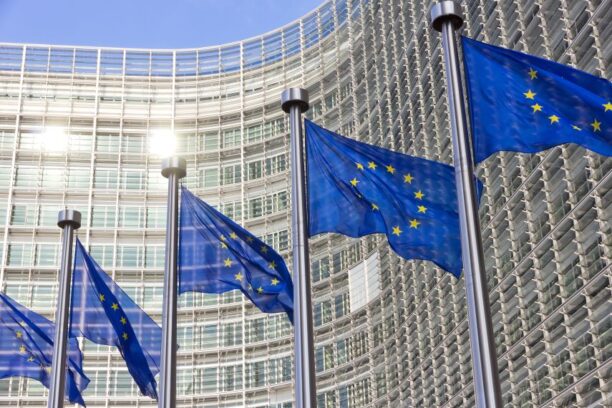I blogged a couple of weeks ago about ways companies can commemorate Black History Month in the workplace. Many companies are also using the month of February to support the Black community through external actions – and it’s not too late to do something. However, because the point of Black History Month is to celebrate and honor the Black community, promoting the company’s image cannot be the point of these activities. Going down that path will do more harm than good – for both the Black community and the company’s reputation.
If a company’s actions are meaningful and center the Black community, these efforts can reinforce a commitment to diversity, equity & inclusion with both internal and external stakeholders – including shareholders who want companies to make good on commitments to racial justice. Incorporating the following elements will help ensure that Black History Month initiatives have the positive impact you’re looking for:
Consider whether to go beyond Black History Month
Recently, I visited my local Target and was surprised to see the display of art, clothing, and other great products by Black creators that highlight Black culture. The displays were at the front of the store, took up considerable floor space, and most notable to me at the time, they were up in January! This was a thoughtful approach to extending the impact that a company can have in highlighting Black Heritage beyond the 28 days in February that don’t fully capture the rich history and heritage of the Black community. You can keep honoring the Black community throughout the entire year.
Consider who profits from the action
Taking a thoughtful approach to how you commemorate Black History Month will help to stay clear of a shallow display of support that can be translated as performative. When highlighting Black culture, the questions to ask include:
- “Are we capitalizing off of this?”
- “Are we engaging in cultural appropriation?”
- “How can we ensure that the community featured profits?”
As an example, one retailer received backlash for wrapping their legacy scents in Kente Black-inspired prints and color packaging. The perception this gives is that their interest was in riding the Black History Month “trend” to increase sales, without collaborating with Black creators or supporting Black-owned businesses. While they pledged to donate $500,000 to the National Urban League to support civil rights and racial justice, those commitments rang hollow due to the missed opportunities of taking a more integrated approach.
Consider whether the action goes deeper than the surface
It’s imperative to ensure that actions go deeper than the surface. Consider what the long-term impacts are – and how the action shifts power to the historically underrepresented group. As an example, Google commemorates Black History Month, not by focusing on their month-long programming, but by highlighting their ongoing work to uplift the Black community and other underrepresented communities. They have committed to tackling student loan debt which disproportionately impacts communities of color. In addition, they are investing $50 million toward Historically Black Colleges and Universities (HBCUs). These actions go beyond the month and surface-level action to address the wealth disparity and resource gaps in education.
Also notable is Capital One’s $200 million commitment to close equity in opportunity by contributing $10,000 to Black-owned businesses. This translates a deep understanding of pre-existing systemic inequities and pandemic-related setbacks to Black wealth and aims to shift resources in order to improve the future for Black wealth. This action goes deeper than the surface to address the root causes of the wealth disparity. Notably, this also has a logical connection to the company’s line of business as a bank and lender.
Consider the link to the company’s purpose & goals
Like other aspects of ESG, addressing social inequities is most impactful when there is a tie-in to the company’s overall purpose and goals. Google’s support of education and student debt make sense in light of its mission statement “to organize the world’s information and make it universally accessible and useful” – and because it supports a career path into tech for a historically underrepresented group. Capital One’s mission statement is to “help [its] customers succeed by bringing ingenuity, simplicity, and humanity to banking.”
During Black History Month, consumers, business partners, employees, shareholders and communities are watching what organizations do. It’s important to be thoughtful in the approach, action, and impact.










